Family Farm
The Family Farm, Wisconsin
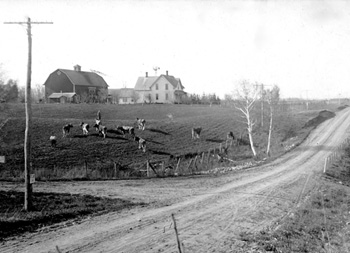
Ten-year old Grandfather John Follstad came to Northern Wisconsin from Norway with his family in 1887 to join an older brother who’d established a farm there. In 1900 he purchased adjoining land, but it wasn’t until 1918 that the still handsome 40 year old lumberjack married my Grandma Floria, 13 years his junior, and she joined him there.
In 1924 Grandfather took the $5,000 in gold he’d made in his last year of logging and bought a Sears house. The pieces were shipped by rail and assembled on-site. By local standards it was the height of luxury. Here is where my Mother grew up, and although we lived in the city when I was a child, we spent frequent weekends and much of our summers there visiting.
This far north is even now largely wilderness. Near the end of the four-hour trip from Milwaukee the relentless farm patchwork of fields stitched with fences falls away to forests, lakes and wetlands. From my first visit this was a subsistence farm with antique equipment dependent on hard manual labor. John and Floria’s children often came back with their spouses to help their aging parents, but the visits held pleasures as well. They could hunt, fish, eat great food and enjoy each other's company–any number of my 12 cousins and their parents at any one time. Though it’s a big house, today we can’t for the life of us imagine where everyone slept!
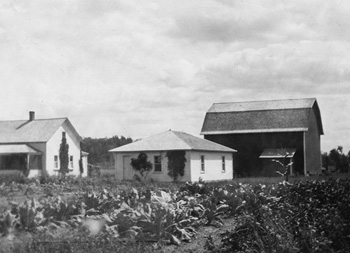
When I was 18 my widow Grandma Floria’s death marked the end of my childhood. My parents couldn’t bear the loss of this anchor and decided to keep the farm as the second home it had always been to us. By 1970 my brother and I were spending summers there, and when I left 2 years later for California he stayed and eventually made it his home.
Thus began his restoration and improvement of the place that continues to this day, though blessedly little has changed. The same porch swing still gets hung every spring, the same dining table stretches out to receive family guests that have scattered. Food is from the same garden, apples from the same trees and a daily swim at the lake in the woods as fine as in 1900. Every year I go to visit, eat, and of course work–a yearly project chosen to pique my appetite.

As a child the world was full of places like our farm. After decades of attrition, a thousand farms still go out of business every year in Wisconsin, and family farms are faltering worldwide as well. This is not just a business we leave behind. History has repeatedly shown us that nature and the rhythms of life are essential to a sustainable and therefore sustaining culture. We live today dislocated from the source of our food–and perhaps dislocated from our essence as well.
By birth, geographical chance and hard work I can still visit my family's country home, but it would still rule my life if only from a memory. My great-grandparents sacrificed everything known and familiar for their idea of a home in America. To them this meant a place to perform basic human acts with dignity, and to nurture ourselves with the food and stories that tell us who we are. In that, they succeeded.
From a hard and common place, with hard work, resourcefulness and self-sufficiency they created a life full of quality, beauty and pride. Those were lessons I learned. In all my experience I am grateful I know of a life that values domestic culture as the ultimate source and true seat of civilization.
Robert Lambert
The Farm in Winter
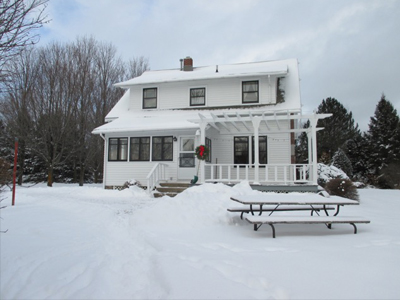
The Farm in Summer
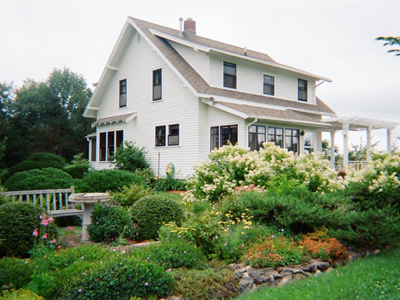
The Victorians
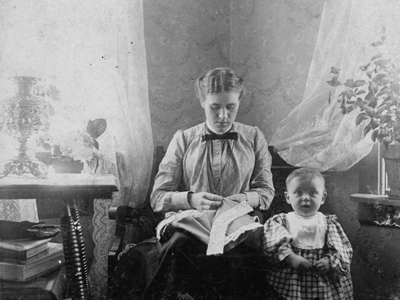
John & Floria Follstad
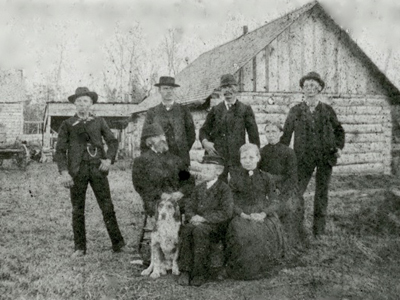
|

